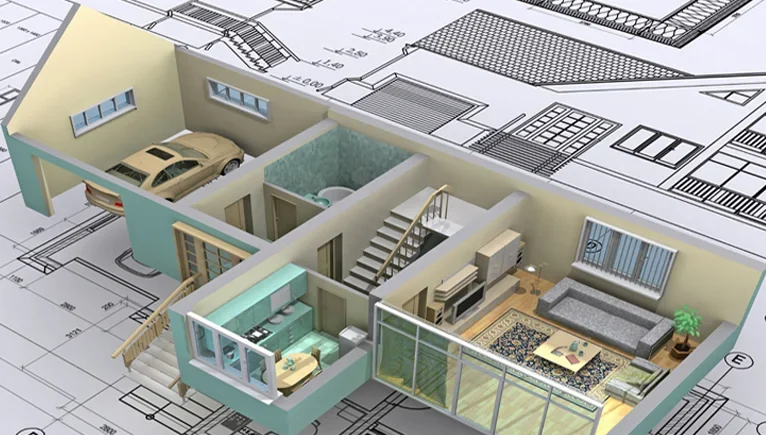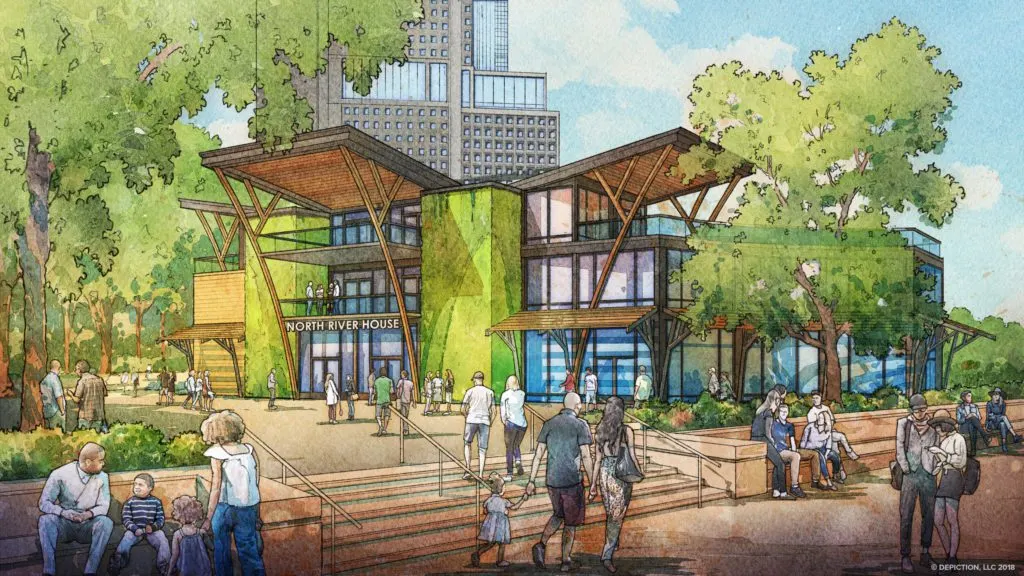Render Architecture: The Smart Way to Bring Designs to Life
If you’ve ever waited hours to render a building design or wrestled with clunky software, you’re not alone. For years, render architecture felt slow, complex, and honestly… kind of exhausting.
But times have changed. Today, render architecture is faster, smarter, and way more beginner-friendly. In this guide, we’ll explore what it is, how it works, and why it’s transforming the design world.
Let’s break it down step-by-step, no jargon, just results.
What Is Render Architecture?
Render architecture refers to the process of creating 3D visualizations of buildings, interiors, and spaces using computer graphics. It’s where creativity meets technology.
Think of it as turning blueprints into lifelike visuals. You can see how light flows through a room, how materials interact, and what a finished space might actually look like, all before construction begins.
Architects use renderings for:
- Client presentations
- Design approvals
- Marketing materials
- Virtual walkthroughs
The better the render, the easier it is to sell a vision.
Why Is Rendering So Important in Architecture?

A drawing may show dimensions, but a 3D render tells a story. It shows emotion, scale, and experience.
- Visual Communication: Clients understand better when they can “see” a design.
- Fewer Mistakes: Spot layout or design issues before building begins.
- Faster Feedback: Changes can be made early, saving time and money.
- Better Sales: Realistic visuals help sell homes, offices, and developments faster.
No one wants to buy an idea they can’t picture. Renders fix that.
How Has Render Architecture Evolved?
Years ago, rendering required powerful computers, days of processing, and a whole lot of patience.
In 2025, rendering tools will have become faster, smarter, and cloud-based. Thanks to AI and GPU technology, designers can create stunning visuals in minutes, sometimes in real-time.
Key trends shaping render architecture:
- AI Rendering Tools
- Cloud-Based Platforms
- Real-Time Collaboration
- Photorealistic Textures
- Virtual and Augmented Reality Integration
This means even small teams or solo designers can produce studio-level results.
Must-Know Tools for Render Architecture in 2025
Looking for the best tools to get started or upgrade your rendering workflow? Here are the top platforms being used by pros and beginners alike:
| Tool | What It Does | Ideal For |
| D5 Render | Real-time rendering with AI lighting | Architects & Interior Designers |
| Lumion Pro | Fast rendering with immersive environments | Urban & Landscape Design |
| Twinmotion | Interactive real-time rendering tied to BIM | Construction & Architecture Firms |
| Enscape | Simple integration with Revit, Rhino, SketchUp | Architects & BIM teams |
| ReRender AI | Prompt-to-render tool for fast concept visuals | Freelancers & Students |
Each of these tools has templates, tutorials, and support, so you’re not left guessing.
How Render Boosts Your Workflow
Once you start using modern tools for Render Architecture, you’ll wonder how you ever managed without them.
Here’s what these tools deliver in real-world design:
- Real-Time Feedback: Update materials or lighting and see instant changes, no waiting.
- Preset Libraries: Choose from ready-made trees, lights, or furniture that save setup time.
- Cloud Storage: Access your visual assets from any device, regardless of location.
- Lightning Speed: Create polished visualizations in hours, not days, streamlining your process.
It’s like swapping a horse for a sports car, same journey, far faster and smoother.
Real-World Applications of Render Architecture
- Residential Design
Interior designers use ReRender AI to turn floor plans into client-ready visuals in a few hours. Feedback happens the same day, no week-long waits. - Commercial Presentations
Firms rely on Enscape during live client meetings to walk stakeholders through designs in real time, enabling instant changes. - Student & Portfolio Projects
Architecture students submit AI-generated walkthroughs that look completely professional, without needing a rendering studio.
Today, high-quality outputs from Render Architecture tools are no longer optional; they’re essential.
Stats That Show the Power of Render Architecture

With AI, cloud power, and VR on the rise, the future of rendering is now.
- 78% of architecture firms now use AI-powered rendering tools weekly.
- Real-time visuals lead to a 2× increase in client approval rates.
- Organizations see a 65% drop in revision time thanks to early visual clarity.
As the saying goes, “Seeing is believing.” With Render Architecture, what the eye sees convinces the mind.
Top Features You’ll Love with Render Architecture
Make the most of key capabilities found in modern tools:
- Material Mapping: Simply drag textures like stone or wood onto your design.
- Light Simulation: Easily preview how spaces look at sunrise, sunset, or midday.
- Cloud Rendering: Free up your computer, let remote servers do the heavy lifting.
- Walkthroughs & Flyovers: Create video tours in minutes, no extra software needed.
Tip: Start with presets, then refine to match your personal design taste.
Step-by-Step: How to Use Render Architecture Tools
Starting from scratch? Here’s how to dive in:
- Pick a Tool: Try D5 Render or Lumion for first-timers.
- Import Your Design: Use a SketchUp, Revit, or CAD file.
- Add Materials: Let AI assign them, or choose manually.
- Adjust Lighting: Test how your space looks throughout the day.
- Render: Click and wait just minutes for a final image.
- Export & Share: Use PNG or MP4 to share with clients or on social.
Easy enough to do over lunch, but polished enough to win awards.
What’s Next for Render Architecture?
The future looks bright and even more helpful:
Voice-Control Features: Edit scenes using speech commands.
VR/AR Integration: Walk through designs virtually before they’re built.
Smart AI Learning: Tools learn your style for faster setup next time.
Direct CAD Plugins: Seamless transfer from modeling to rendering workflow.
The evolution means render architecture isn’t just evolving, it’s moving toward being indispensable.
Conclusion:
Ultimately, render architecture isn’t just a feature; it’s a revolution in design workflows. It offers speed, clarity, and professional visuals with minimal hassle. Whether you’re a student, freelancer, or architect, these tools let you focus on creativity while AI handles the rest.
Why wait? Try a tool like D5 Render or Enscape today. Try a simple scene, tweak some settings, and see what you can create. And hey, if you’re proud of what you make, why not share it with a friend or online community? Happy rendering!
FAQs:
Q1: What is render architecture used for?
It’s used to create realistic images or walkthroughs from sketches or CAD models for review and presentation.
Q2: Can beginners use render architecture tools?
Yes! Many tools offer intuitive interfaces, AI help, and templates for quick success.
Q3: Is render architecture expensive?
Not necessarily. Many platforms offer free versions or student licenses, and cloud rendering saves on hardware costs.
Q4: Does AI reduce the need for human designers?
No, AI enhances creativity by speeding up technical steps. The human touch is still key to great design.
Q5: Which file types do render tools accept?
Most tools support formats like.SKP, .DWG, .OBJ, and .FBX. Always check the software specs first.
Final Thoughts: Render Architecture in 2025 and Beyond
In today’s design world, render architecture is like adding rocket fuel to your creativity. It helps you bring visions to life quickly, beautifully, and confidently, even on a budget.
Whether you’re working on a small remodel or a high-rise building, renders help you think better, pitch smarter, and wow your clients.
Ready to try it yourself? Explore tools like Twinmotion or ReRender AI. Play around, experiment, and start turning your designs into stories people can see and feel.










